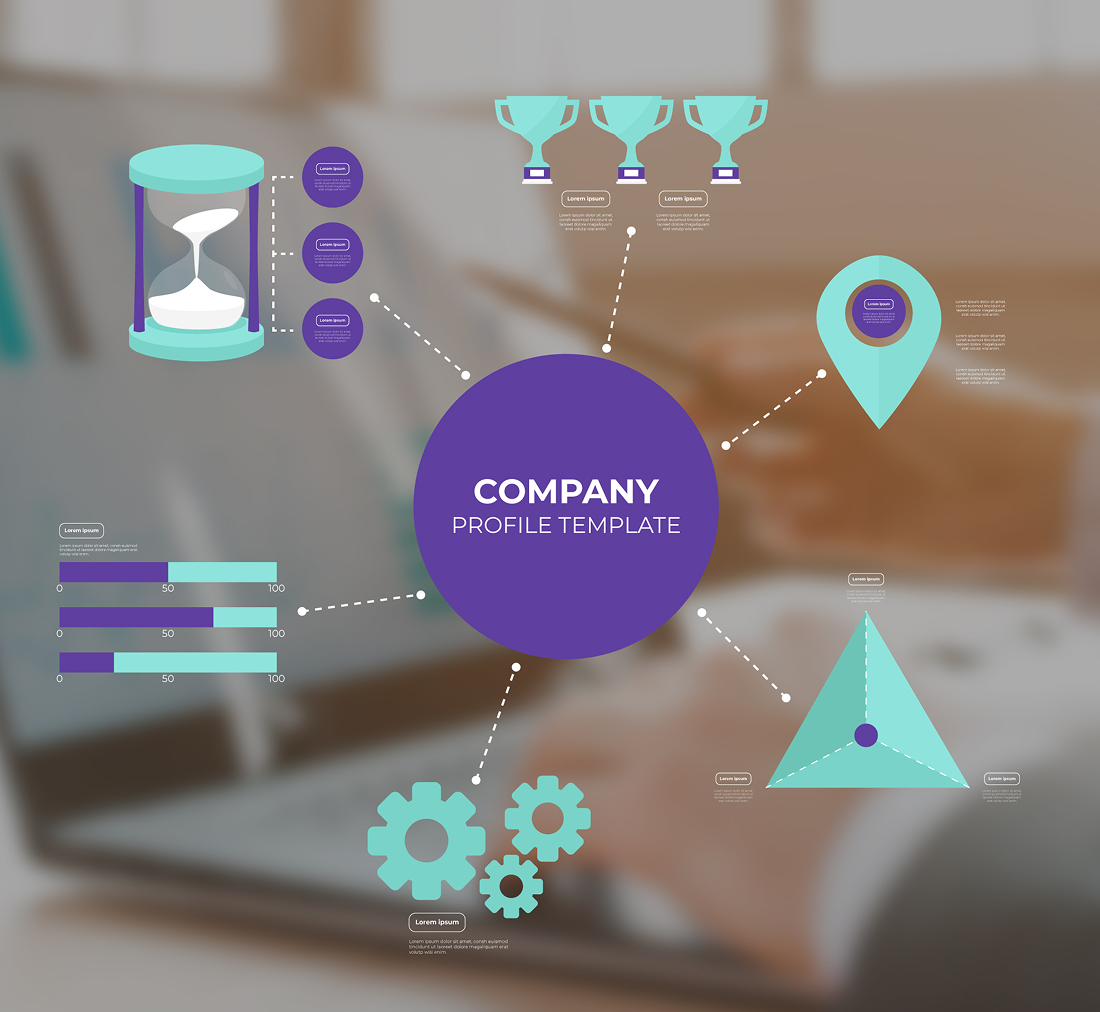Table of Content
Try Vizitor for Free!

Tue, Feb 25, 2025
Read in 7 minutes
In 2025, effective space management has transitioned from a mere luxury to an absolute necessity.Organizations must strategically plan, implement, and monitor their space utilization to maximize efficiency and productivity.
Effective office space management in the workplace revolves around three fundamental components:
Effective space planning, effective implementation, and effective tracking.
Efficient use of office space is crucial for reducing costs and enhancing productivity. With hybrid work models becoming more common, companies need to adapt their spaces to accommodate both in-office and remote workers.
This blog post explores the three fundamental elements of space management in 2025 and offers insights into how businesses can effectively implement these strategies to create efficient and employee-centric workplaces.
The three Basic Elements of Effective Space Management in 2025:
1. Effective Space Planning
Why Does It Matters in 2025?
With flexible workspaces, shared desks, and remote work trends, proper space planning ensures optimal utilization of office space while minimizing costs. In 2025, effective space planning is crucial for organizations aiming to enhance efficiency, reduce costs, and create adaptable work environments.
What are Key Strategies for Space Planning in 2025?
Analyzing Space Utilization: Organizations must use AI-driven analytics to assess space occupancy and make informed layout decisions. Businesses leveraging AI for space planning report up to 30% savings on real estate costs.
Flexible and Hybrid Work Adaptability: With a significant portion of the workforce preferring hybrid work models, office designs must accommodate both remote and in-office employees. Incorporating flexible workspaces, such as hot-desking and modular furniture, can enhance adaptability and employee satisfaction.
Compliance and Safety Standards:Complied to regulatory certifications ensures a safe and sustainable workplace.
Ergonomic and Functional Designs: Investing in ergonomic and functional office designs can lead to substantial returns.
Studies indicate that organizations focusing on effective workplace design can achieve an average return on investment (ROI) of 5.5 times their initial expenditure, along with a 31% reduction in turnover rates.
By integrating these strategies, organizations can create dynamic, efficient, and employee-centric work environments that are well-suited for the demands of 2025 and beyond.
2. Smart Implementation & Technology Integration
Why is Smart Implementation Crucial?Another essential yet crucial element of Space Management in 2025 is “ Smart Implementation and Integration of Technology” .
Even the most well-thought-out plans fail without the right execution. Effective space management goes beyond planning—it requires smart execution to enhance efficiency, reduce costs, and improve employee experiences.
Businesses must use smart cloud- based solutions for real-time monitoring, flexible space utilization, and sustainable office environments.
Why Smart Implementation Matters?Even the best strategies fail without proper execution. Smart space management solutions ensure:
- Real-time space tracking to avoid inefficiencies
- Cost savings through optimized resource allocation
- Seamless workplace experiences for employees and visitors
What are some key strategies for smart technology integration in 2025?
1.One key approach is using AI and IoT sensors to monitor workspace usage in real-time. These technologies help track occupancy patterns, reduce wasted space, and automate energy-efficient solutions like smart lighting and climate control.
-
Flexible office layouts and modular workspace designs are also gaining popularity. Businesses are shifting towards adaptable spaces with movable partitions and multi-purpose areas.
-
Sustainability is another crucial factor in space planning. Companies are implementing LEED-certified buildings and smart energy solutions to cut down on operational expenses and support environmental goals.
-
Cloud-Based Space Management Solutions like Vizitor, Envoy, and others help businesses streamline workspace utilization, visitor management, and desk reservations.
These platforms allow employees to book desks, meeting rooms, and shared spaces remotely, reducing scheduling conflicts and improving workspace efficiency.
Vizitor’s Space Management Software leads the industry by offering advanced space management, outperforming competitors with its innovative approach to workspace optimization and visitor management.
Here’s the quick comparison among top Space Management Solutions of 2025:
| Features | VIZITOR | ENVOY | THE ROBIN |
|---|---|---|---|
| Space Utilization & Optimization | AI-powered analytics to track space usage | Sensors & analytics for space tracking | AI-based space management |
| Desk & Room Booking | Yes | Yes | Yes |
| Hybrid Work Support | Hot-desking & flexible workspace solutions | Supports hybrid work models | Best for hybrid offices |
| Real-Time Occupancy Tracking | Smart detailed analytics | Live occupancy insights | Motion sensors for tracking |
| Visitor Management | Touchless visitor check-in | Comprehensive visitor management | No visitor check-in |
| Cloud based | Yes | Yes | Yes |
| Best For | All-sized businesses, co-working spaces, corporate offices | Enterprises & multi-location offices | Small & medium businesses |
Companies adopting AI solutions, modular designs, and cloud-based management tools will see higher productivity, cost savings, and improved employee satisfaction.
3. Continuous Monitoring & Optimization
Workplace needs are constantly evolving, and organizations must regularly evaluate their space management strategies to ensure efficiency, cost savings, and employee satisfaction.
By continuously monitoring and optimizing office spaces, businesses can create a more adaptable and productive work environment.
Here are some key monitoring techniques for effective space management:
1.Using AI detailed analytics helps track workspace usage and identify underutilized areas, allowing companies to make data-driven adjustments. By regularly assessing space usage, companies can reduce wasted space and improve overall efficiency.
Studies show that organizations using AI-driven space tracking improve office space utilization by up to 30%.
-
Collecting employee feedback is another essential aspect of space optimization. Understanding how employees interact with their workspace allows organizations to make adjustments that enhance comfort, collaboration, and productivity.
-
Regular cost evaluations help businesses manage real estate expenses effectively. Reviewing office space usage can identify areas where costs can be reduced, ensuring better resource allocation.
-
To stay adaptable for the future, companies should design workspaces that can easily adjust to new trends, such as hybrid work models, technological advancements, and sustainability initiatives.
A flexible approach to space management helps organizations remain prepared for changing business needs.
Vizitor: The Ultimate Space Management Solution for 2025
For businesses looking to streamline their space management, Vizitor offers a cloud-based solution designed to optimize workspace utilization, enhance visitor management, and support hybrid work models.
Why Choose Vizitor’s Space Management Solution?
- Space Optimization : Track real-time occupancy and reduce wasted space
- Smart Desk & Meeting Room Booking: Seamless reservations for hybrid workforces
- Touchless Visitor Management : Enhance security and workplace experience
- Cloud-Based & Scalable : Ideal for all-sized businesses, from startups to enterprises
Conclusion: Transforming Workspaces for a Smarter Future
As businesses continue to evolve in 2025, effective space management has become a necessity for optimizing resources, enhancing employee experiences, and driving operational efficiency.
By focusing on smart space planning, technology-driven implementation, and continuous optimization, organizations can create dynamic, adaptable, and future-ready work environments.
The future of space management lies in flexibility, automation, and decision-making. Businesses that adapt to these trends today will gain a competitive edge in the years to come—creating workspaces that are not just efficient, but also collaborative, engaging, and employee-centric.
Now is the time to rethink your space management strategy and take your workplace to the next level.
Just go for Vizitor’s Office Space Management Solution!
Contact us today!
Frequently Asked Questions (FAQs)
- What is space management, and why is it important in 2025?
Ans: Space management refers to the strategic planning, implementation, and monitoring of workspace utilization to maximize efficiency and productivity. In 2025, with hybrid work models, rising real estate costs, and the demand for flexible office designs, effective space management has become essential for businesses to optimize resources and enhance employee experiences.
- What are the key benefits of implementing smart space management solutions?
Ans: Smart space management solutions cloud-based software, offer several benefits, including:
- Optimized space utilization to reduce wasted office areas
- Real-time occupancy tracking for better decision-making
- Cost savings on real estate and operational expenses
- Enhanced employee experience through seamless desk booking and hybrid work support
- What are the top space management tools for 2025?
Ans: Some of the leading space management solutions in 2025 include:
- Vizitor – AI-powered space optimization and visitor management
- Envoy – Hybrid work support with live occupancy insights
- Robin – Desk and room booking for small businesses
- How often should businesses reassess their space management strategies?
Ans: Organizations should conduct quarterly space audits and leverage AI analytics for real-time tracking. Regular reassessments help identify inefficiencies, improve workspace design, and align with evolving business needs.
- What are the three basic elements of space management in 2025?
Ans: The three fundamental elements of space management in 2025 are: Space Planning, Smart Implementation,Integration and Continuous Monitoring.









